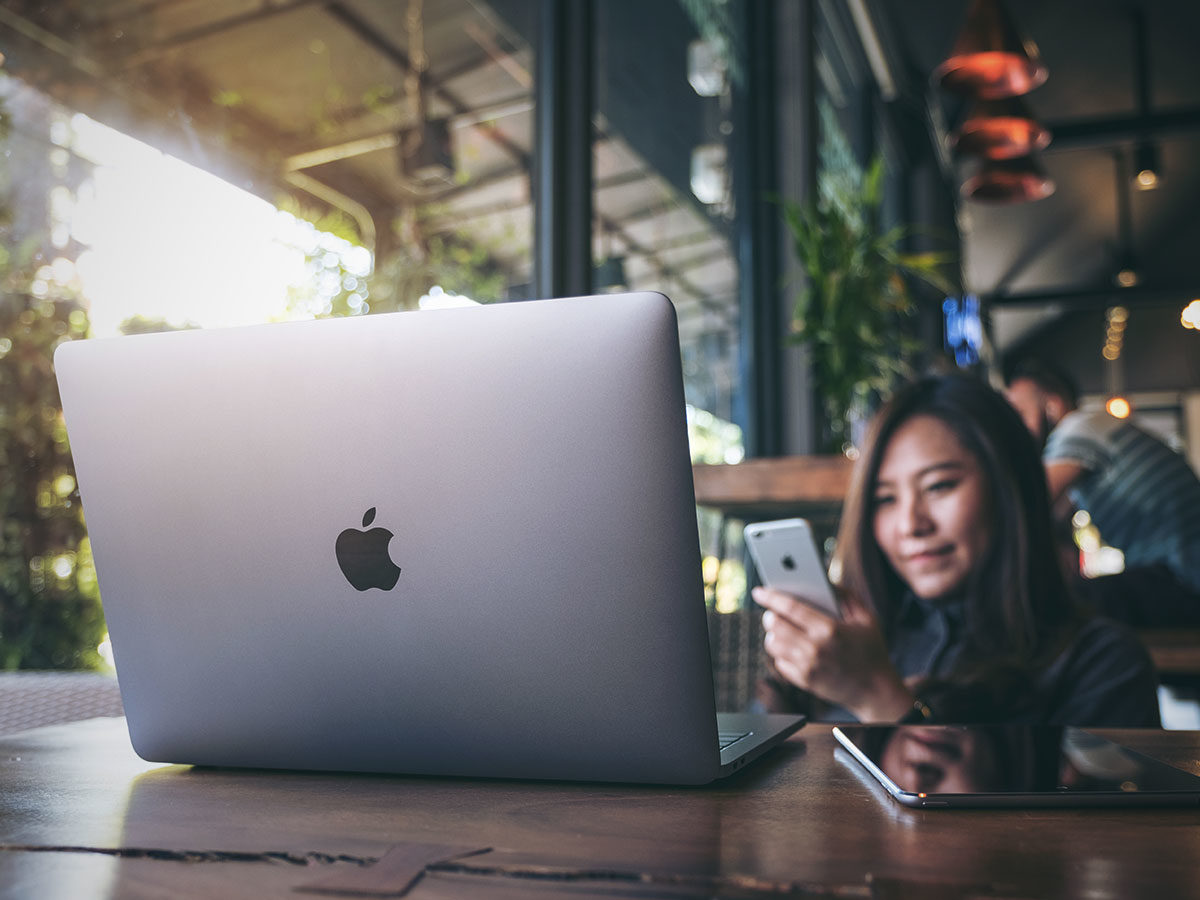

I’m on my third MacBook. The first two died, perhaps from too much data and statistical analyses, and each time they did, it never occurred to me to consider another brand. I’m a Mac person. I was getting a new Mac.
That’s why, when I started my first corporate job, I saw my new computer – a PC! – and literally said, “Oh, no!” Using it didn’t feel right, either. Why? Because I’m a Mac person. This strange beast challenged my identity.
These devices may just be computers or brands on the surface, but they represent a lot more than that. They’re part of our personalities. On my first day at that new job, I experienced a case of conflicting identities. In a matter of minutes, it felt as if I had morphed from an urban, unique, and innovative Mac devotee into a conventional, nerdy PC user (no offense, PC users). My identity was (and still is) intrinsically linked to my devices.
Why? Because this understanding makes my life more efficient. For better or worse, putting myself and others into social categories (i.e. stereotyping) simplifies my internal information processing system. Our resourceful yet oftentimes lazy brains nonconsciously use these mental shortcuts to organize, predict, and react to information in our social worlds. These energy-saving mechanisms help us make quick decisions with less effort, directing our behavior in many decision-making situations like choosing a new computer.
What impact do stereotypes have on brands? These heuristics help differentiate brands in consumers’ nonconscious minds and create a brand following sometimes overnight. Stereotypes bind people together, encouraging a feeling of belonging.
Apple capitalizes on this by building experiential marketing around their new product launches. When they release a new product, they make spaces for lines of eager followers to form outside Apple stores. The glass wall separating consumers from the next best thing provides these brand enthusiasts an opportunity to anticipate together, to be seen together, and to construct attitudes together. This social tuning process only strengthens and reaffirms their self-esteem, confidence, and worldview. Successful marketing campaigns center around the reinforcing social effects of group identity.
Apple’s in-store experience channels and captures this shared reality with minimalistic designs and layouts, heightening what consumers see, feel, and hear. It allows people to focus on the product and themselves. The brand implicitly activates concepts of youth, chicness and innovation, representations that a majority of people intrinsically want to experience alone and together.
Apple wasn’t always the sleek, sophisticated brand it is today. In 1997, the brand switched its name from Apple Computers Inc. to Apple Inc. This seemingly minor, yet powerful removal of “Computers” from its name had a lasting impression on our cognitive nonconscious minds and went on to transform our shared reality.
With the help of a new visual identity (i.e., a new logo), a once dorky computer company became an innovative developer of the latest and greatest technology. The brand harnessed its new, future-forward identity and targeted design, music, and performance-driven consumers. From dynamic dancing silhouettes, to a dueling PC vs. Mac comedic double, the messaging spoke to the nonconscious minds of its brand followers. It unleashed a brand, self, and social identity that was sticky, real, and right— at least in the mind of its target audience,.
Like Apple, brands today can leverage their stereotypes in several different ways. Stereotypes can help humanize the brand and help consumers share their realities through their values, practices, and attitudes. Stereotypes help consumers identify and more fluidly remember a brand and a corresponding emotional experience. Through experiential marketing, logos, ads, and social media posts, a company’s brand representation can feel like your brand stereotype.
With help and guidance from over 70 years of social psychological research, specifically stereotyping research, real change like Apple’s is possible. Our nonconscious mind is one of the most uncompromising parts of our brain, but with the right tools and methodologies, attitudinal patterns can unfold, and brands, just like stereotypes, can become intimately linked to a consumer’s identity.
You must be logged in to post a comment.